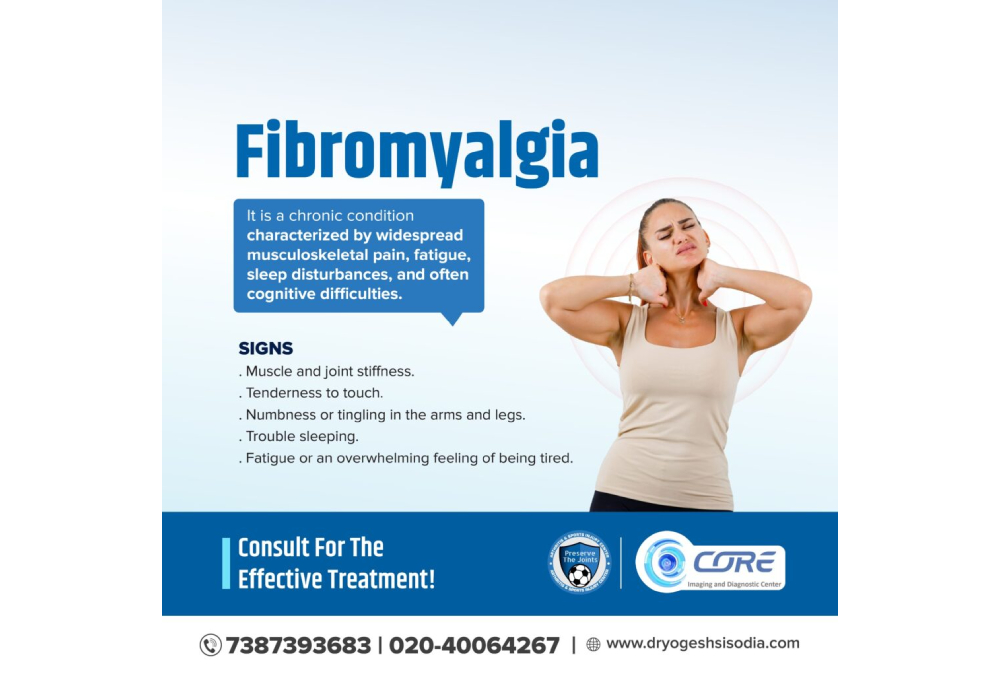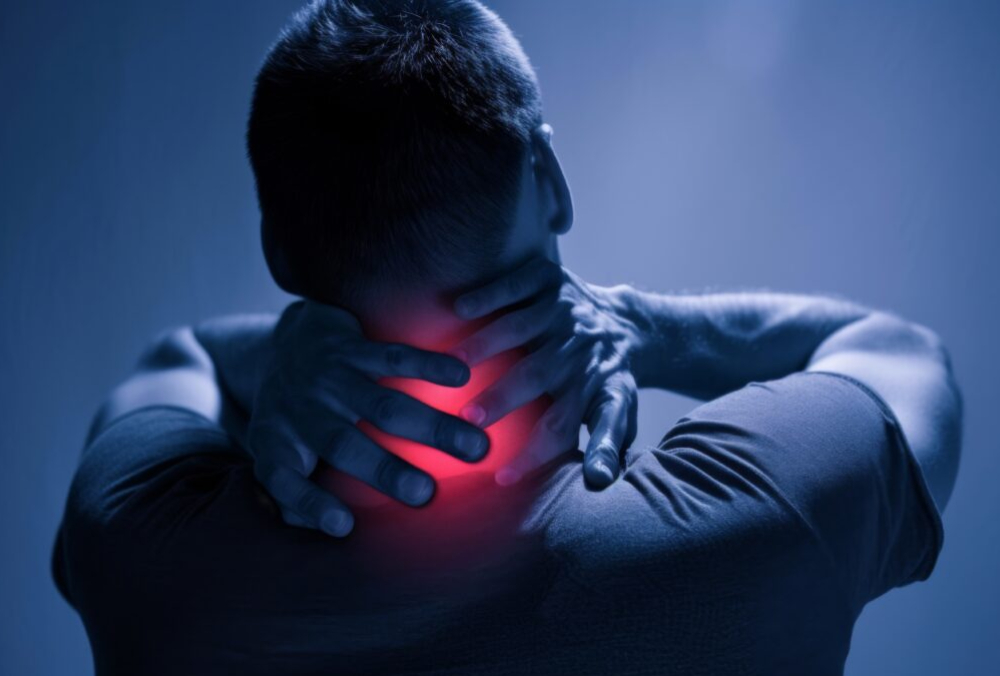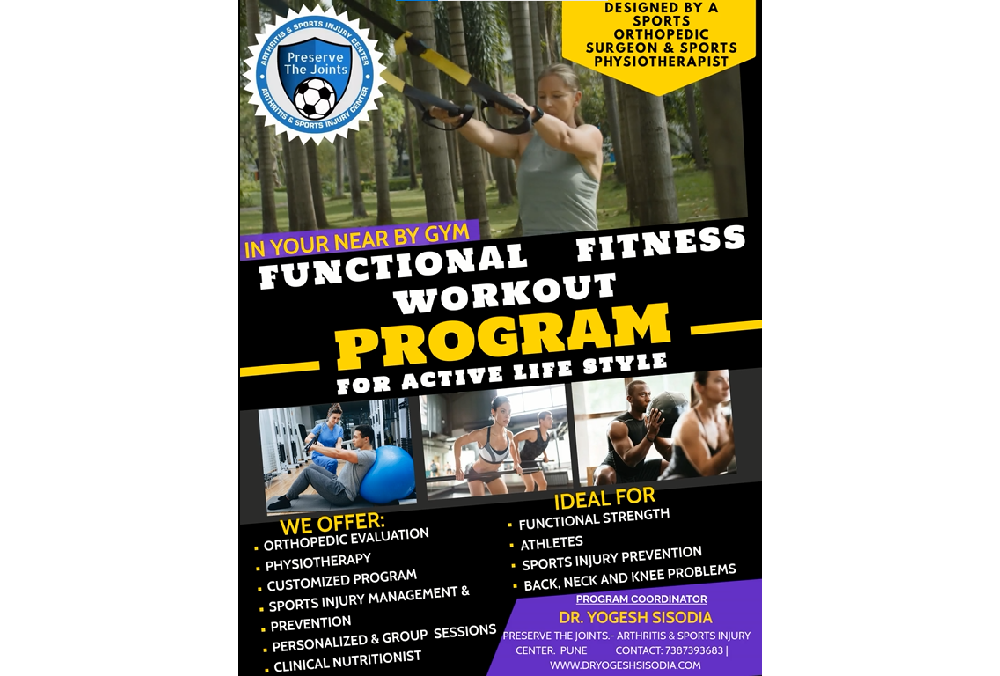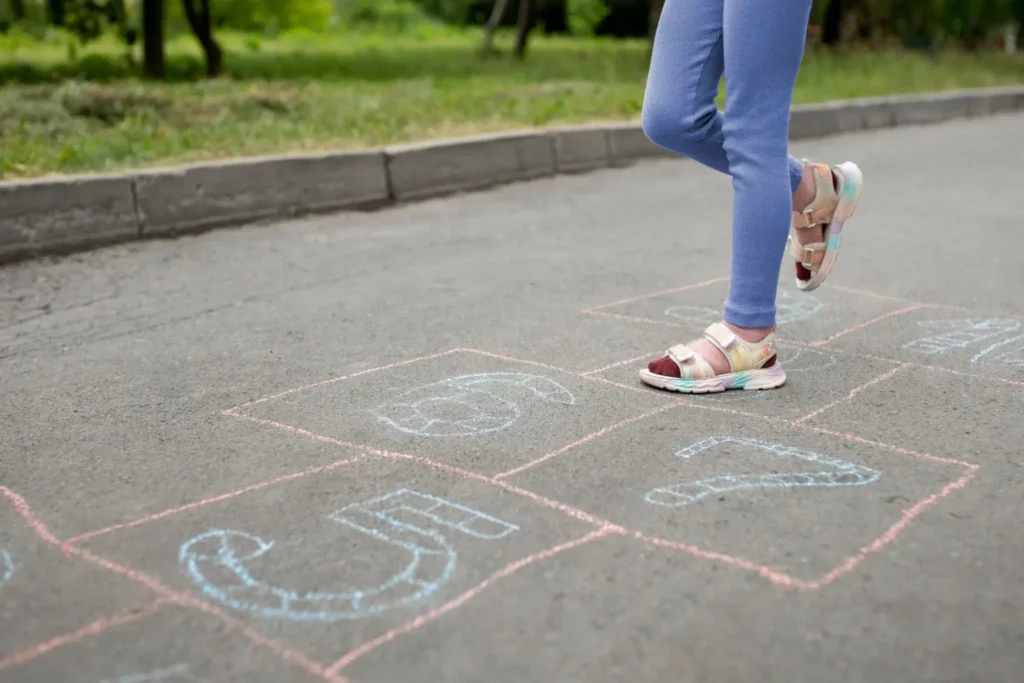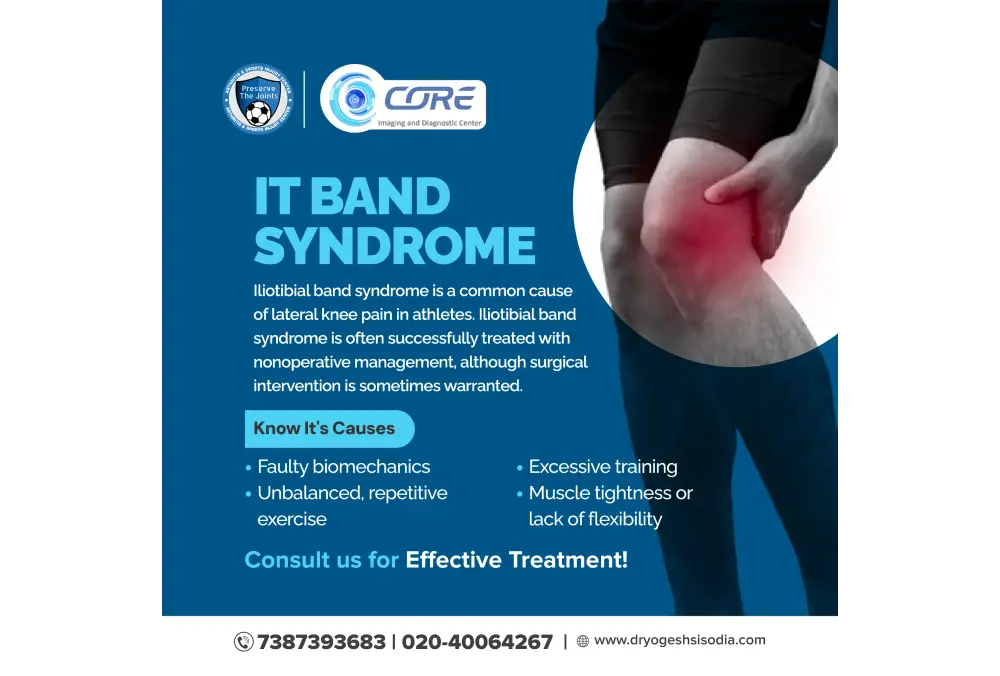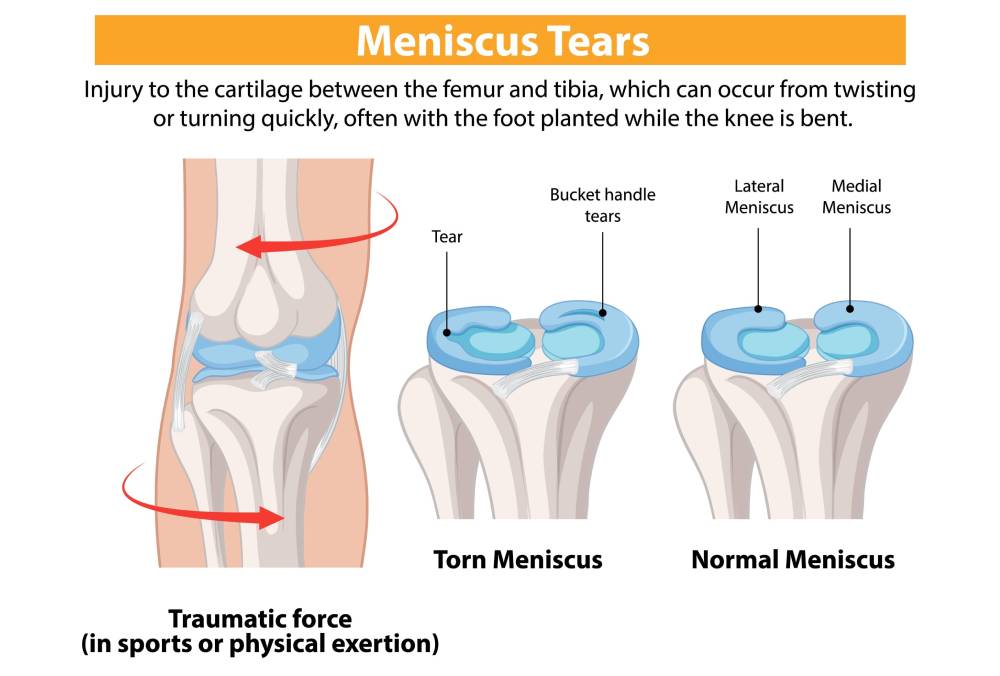Understanding Fibromyalgia: A Comprehensive Guide Request an Appointment Overview Symptoms & Causes Doctors & Departments Overview Understanding Fibromyalgia: A Comprehensive Guide Fibromyalgia is a complex, often misunderstood condition that affects millions of people worldwide, yet remains largely underdiagnosed. Characterized by widespread pain, fatigue, and other cognitive and physical symptoms, fibromyalgia can significantly impact a person’s quality of life. In this blog post, we’ll dive deep into what fibromyalgia is, its symptoms, potential causes, diagnosis, and treatment options. What is Fibromyalgia? Fibromyalgia is a chronic disorder that causes widespread musculoskeletal pain, along with fatigue, sleep disturbances, memory issues (sometimes referred to as “fibro fog”), and mood changes. The pain is often described as a constant dull ache that lasts for at least three months and can occur anywhere in the body, though it is typically felt in the muscles, ligaments, and tendons. Although the exact cause of fibromyalgia is still unknown, researchers believe it results from an abnormal response to pain signals in the brain and nervous system. Essentially, people with fibromyalgia may have an increased sensitivity to pain signals, or a heightened pain threshold, causing them to perceive normal sensations as painful. Request an appointment Common Symptoms of Fibromyalgia Fibromyalgia is a multifaceted condition, and its symptoms can vary significantly from person to person. However, some of the most common symptoms include: Widespread Pain: The hallmark of fibromyalgia is pain that affects multiple areas of the body, especially the muscles, ligaments, and tendons. This pain may feel like a constant ache or a sharp, shooting pain. Fatigue: Extreme tiredness is another common symptom, often worse after physical activity or insufficient sleep. Fatigue can be so intense that it interferes with daily tasks. Sleep Disturbances: Many people with fibromyalgia struggle to get restful sleep, often waking up feeling unrefreshed. This is due to disrupted sleep patterns or poor-quality sleep. Fibro Fog: Cognitive difficulties, sometimes referred to as “fibro fog,” include memory problems, difficulty concentrating, and a general sense of mental cloudiness. This can make it challenging to focus on tasks, remember things, or follow conversations. Headaches and Migraines: Chronic tension headaches and migraines are common among people with fibromyalgia. They can significantly exacerbate the pain and fatigue experienced by individuals with the condition. Mood Disorders: Depression and anxiety are common among fibromyalgia patients. The ongoing pain and fatigue, combined with the difficulty in obtaining a proper diagnosis, can contribute to feelings of frustration, helplessness, and sadness. Sensitivity to Touch: People with fibromyalgia often have an increased sensitivity to touch, cold, or heat. Even gentle pressure on certain areas of the body, known as “tender points,” can cause pain. Causes and Risk Factors While the exact cause of fibromyalgia is unknown, there are several theories and potential risk factors: Genetics: Fibromyalgia tends to run in families, suggesting that genetics might play a role in its development. Specific gene variations related to pain regulation and the nervous system may increase susceptibility. Infections or Trauma: Some people report that fibromyalgia symptoms began after an infection (such as a viral illness) or physical trauma (like a car accident). It’s thought that these events may trigger an abnormal response in the brain’s pain processing. Stress: Emotional or physical stress may contribute to the development of fibromyalgia. Chronic stress is known to affect pain perception and can exacerbate symptoms. Gender: Fibromyalgia is more common in women than men, although men and children can also develop the condition. Sleep Disturbances: Poor or insufficient sleep can worsen fibromyalgia symptoms and may contribute to the development of the condition, as restorative sleep plays a key role in managing pain and fatigue. Diagnosis of Fibromyalgia Diagnosing fibromyalgia can be challenging due to the absence of specific lab tests or imaging techniques. There’s no single test to diagnose fibromyalgia, so healthcare providers rely on a combination of medical history, symptom evaluation, and exclusion of other potential conditions. The American College of Rheumatology (ACR) has established guidelines for diagnosing fibromyalgia, which involve: Widespread pain lasting for at least three months. Pain in at least 11 of 18 specific tender points across the body. In recent years, however, the reliance on tender points has decreased in favor of a broader assessment of symptoms and symptom severity, as well as the use of patient-reported outcomes. Treatment Options for Fibromyalgia Although there is no cure for fibromyalgia, there are various treatment options that can help managethe symptoms and improve quality of life. Treatment plans are typically individualized, as eachperson’s experience with fibromyalgia is unique. Medications: o Pain relievers: Over-the-counter pain relievers, such as acetaminophen, ibuprofen, or prescription-strength pain medications, can help manage mild pain. However, opioids are generally avoided due to the potential for addiction and worsening of symptoms. o Antidepressants: Certain antidepressants, such as duloxetine (Cymbalta) and milnacipran (Savella), can help alleviate pain and improve sleep. o Anti-seizure drugs: Medications like pregabalin (Lyrica) and gabapentin (Neurontin) are often prescribed to manage nerve pain associated with fibromyalgia. Physical Therapy: A physical therapist can teach exercises and stretches to help reduce pain and improve mobility. Regular physical activity, such as walking or swimming, is also beneficial in managing symptoms. Cognitive Behavioral Therapy (CBT): CBT is a form of talk therapy that helps individuals develop coping strategies to deal with pain, fatigue, and emotional stress. It can also help address issues like depression and anxiety. Sleep Management: Improving sleep hygiene can help alleviate some of the fatigue and cognitive issues associated with fibromyalgia. Practicing good sleep habits and possibly using medications to manage sleep disruptions may also be helpful. Lifestyle Changes: Diet, stress management, and regular exercise can have a significant impact on fibromyalgia symptoms. Many people find that a balanced diet, mindfulness practices, yoga, or tai chi can help improve their overall well-being. Complementary and Alternative Therapies: Some individuals with fibromyalgia find relief through acupuncture, massage therapy, chiropractic care, or herbal supplements. However, it’s important to discuss these treatments with a healthcare provider, as their effectiveness can vary, and some may have side effects or interactions
